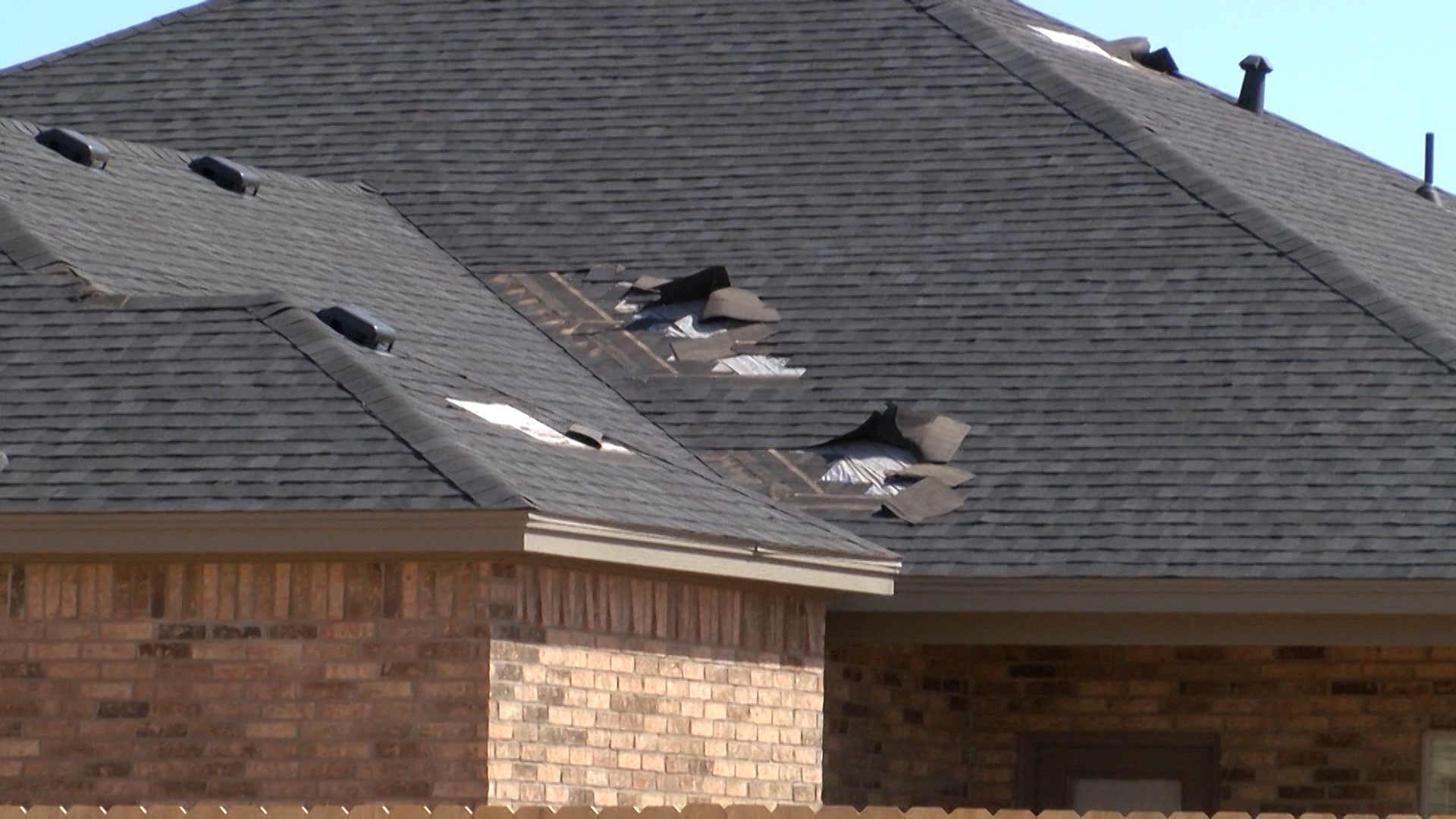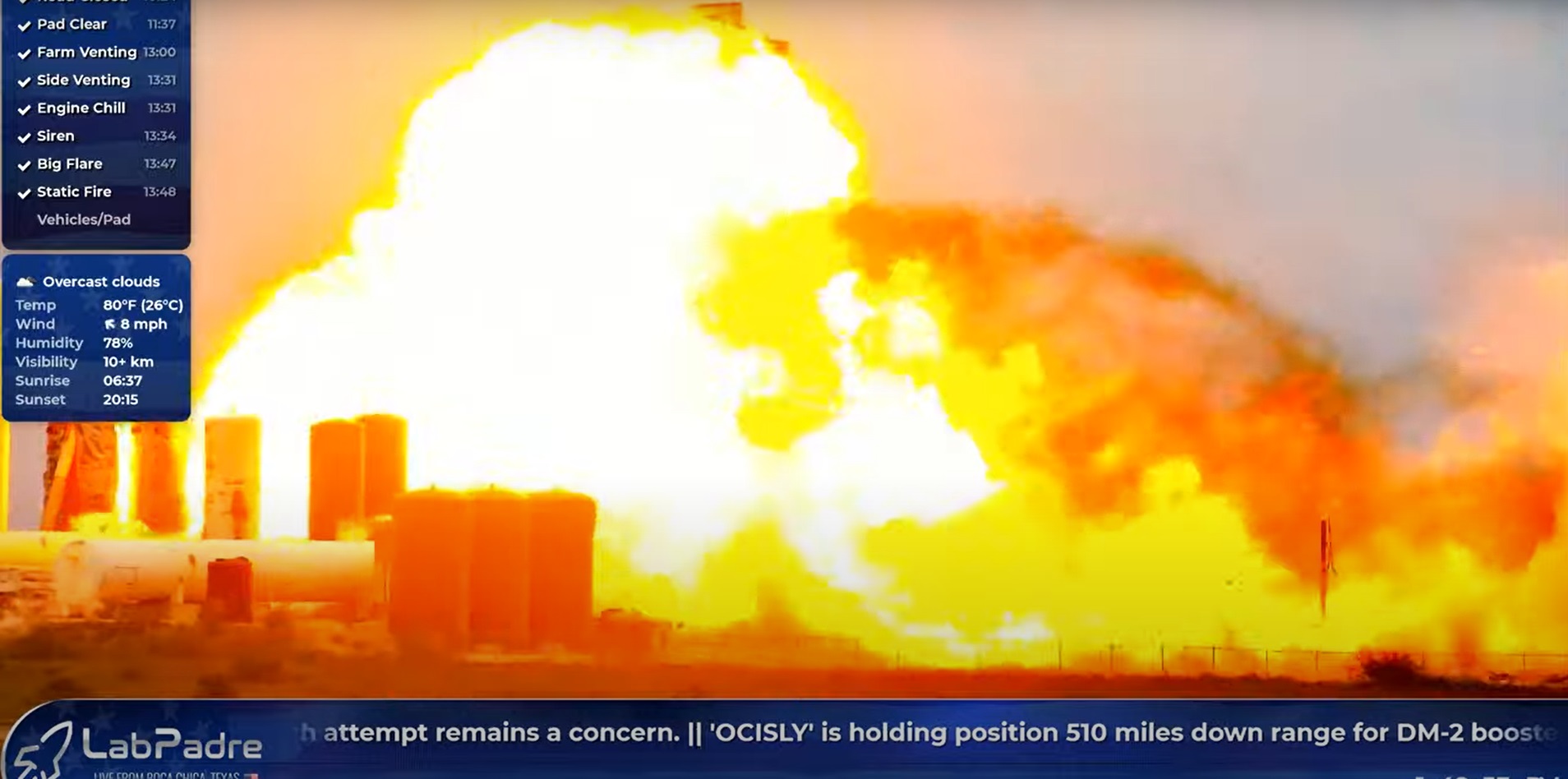LUBBOCK, Texas — West Texas is a great place to grow vegetables, but the severe weather can often damage crops if not wipe them out completely.
There is a solution that Vegetable Specialist Dr. Russ Wallace has studies and implemented at Texas A&M AgriLife that could be an advantage when it comes to protecting those high value crops. It’s called a high tunnel and one of the biggest benefits here in West Texas is wind protection, especially this year where a lot of growers have lost crops due to high winds and hail.
With high tunnels, you can raise and lower the sides depending on the wind. If the wind is coming from the west you can lower the western side and raise the eastern side to help regulate temperatures.
A high tunnel differs from a greenhouse in that most high tunnels don’t have electricity. High tunnels naturally cover the soil with a plastic cover and frame while a greenhouse often has cement or gravel floors with fans that help the crops grow, making high tunnels a lot less expensive to operate.
“In high tunnels we still need to irrigate,” Dr. Russ Wallace explained. “With high tunnels, you can plant directly into the ground so we can have a tractor go through here cultivate the ground, disk it and get beds shaped for production of vegetables and strawberries.”
“What most growers will do in high tunnels is use a black plastic mulch,” Wallace said. “They will shape the beds, lay drip tape and irrigation. The black plastic mulch helps with warming up the soil for earlier in the season also keeping the weeds down and creating less evaporation for the plants so they can use a lot less water.”
Another advantage to high tunnels is being able to extend the growing season.
“We have planted tomatoes in here as early as early March and we have been able to have a harvest by the end of May,” Dr. Wallace said. “So a lot of times growers that are growing outside won’t get tomatoes until maybe July or August or even into September sometimes depending on the year.”
While high tunnels are great for improving the environment for the crops that grow inside of them, it also promotes the environment of insects and potential diseases.
Ray Lowry, owner of RR Farms, said, “High tunnels are a great idea, if you get the right design especially for Lubbock, I think they work really well.”
There are other alternatives such as low tunnels which are less expensive than high tunnels and provide most of the same benefits.
“We had a test section of about 75 feet of low tunnels which are about 3 feet tall and about 3 feet wide,” Lowry said. “And they held out in that windstorm that knocked down our high tunnels.”
Typical high tunnels are 30 feet wide by 96 feet long allowing tractors to fit through them. Cost range anywhere from $8,000 to $20,000 for larger high tunnels but there are ways to receive financial assistance.
















